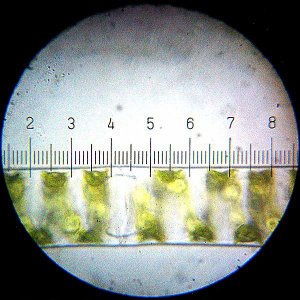It has long been known that when some ants are faced with a flood, they build “living rafts” that float on the water in search of land. The earliest reference I know of to this phenomenon comes from the book Insect Architecture, which was published in 1838:1
The ants consisting of the basis of this group, lay hold of some shrub for security, while their companions hold on by them; and thus the whole colony, forming an animated raft, floats on the surface of the water until the inundation (which seldom continues for longer than a day or two) subsides.
So scientists have known about this for a long time, but how such rafts manage to float has been a mystery. You see, a single ant can float on water for two reasons: First, water has surface tension, and that tension must be broken in order for something to sink. If laid carefully on the surface of water, for example, a metal needle will float. Even though the density of the needle indicates it should sink, the water’s surface tension will keep it afloat. Second, the water-repelling nature of an ant’s outer covering (its exoskeleton) causes tiny bubbles of air to cling to it. The combination of the air bubbles’ buoyancy and the water’s surface tension keeps the ant afloat, but not by much.
Now…if I start stacking ants on top of each other, only a few of them will be in contact with the water. The water’s surface tension combined with the buoyancy of the ants that are actually in contact with the water just isn’t enough to keep the whole stack of ants afloat. Thus, something else must be going on when ants get together to form rafts.
A recent report on fire ant rafts was just published online in the Proceedings of the National Academy of Sciences, USA. It tells us what is actually going on in ant rafts, which is really quite fascinating.





